Key insights from Grow with Braze Melbourne 2025
Published on May 29, 2025/Last edited on May 29, 2025/7 min read
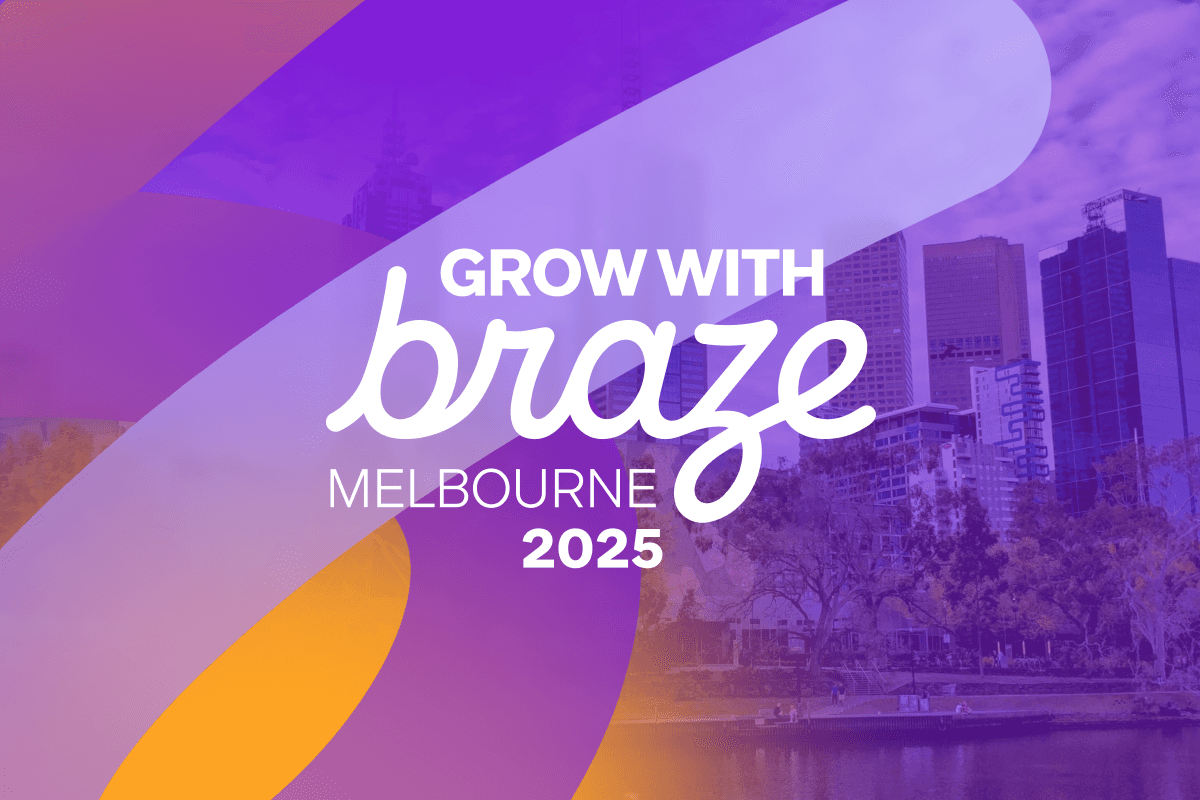
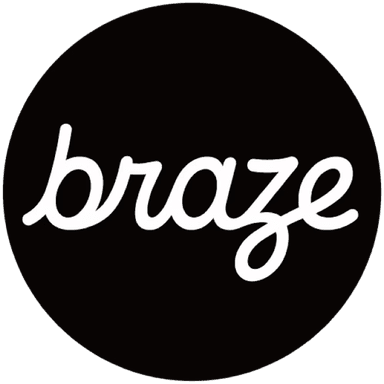
Team Braze
BrazeGrow with Braze Melbourne 2025 welcomed more than 200 marketers, technologists, and product leaders to Metropolis Events on Southbank on 15 May. The afternoon set out to answer a deceptively simple question: how do Australian brands keep growing when customers expect everything, everywhere, all at once?
Braze’s Australian story: Community first, innovation always
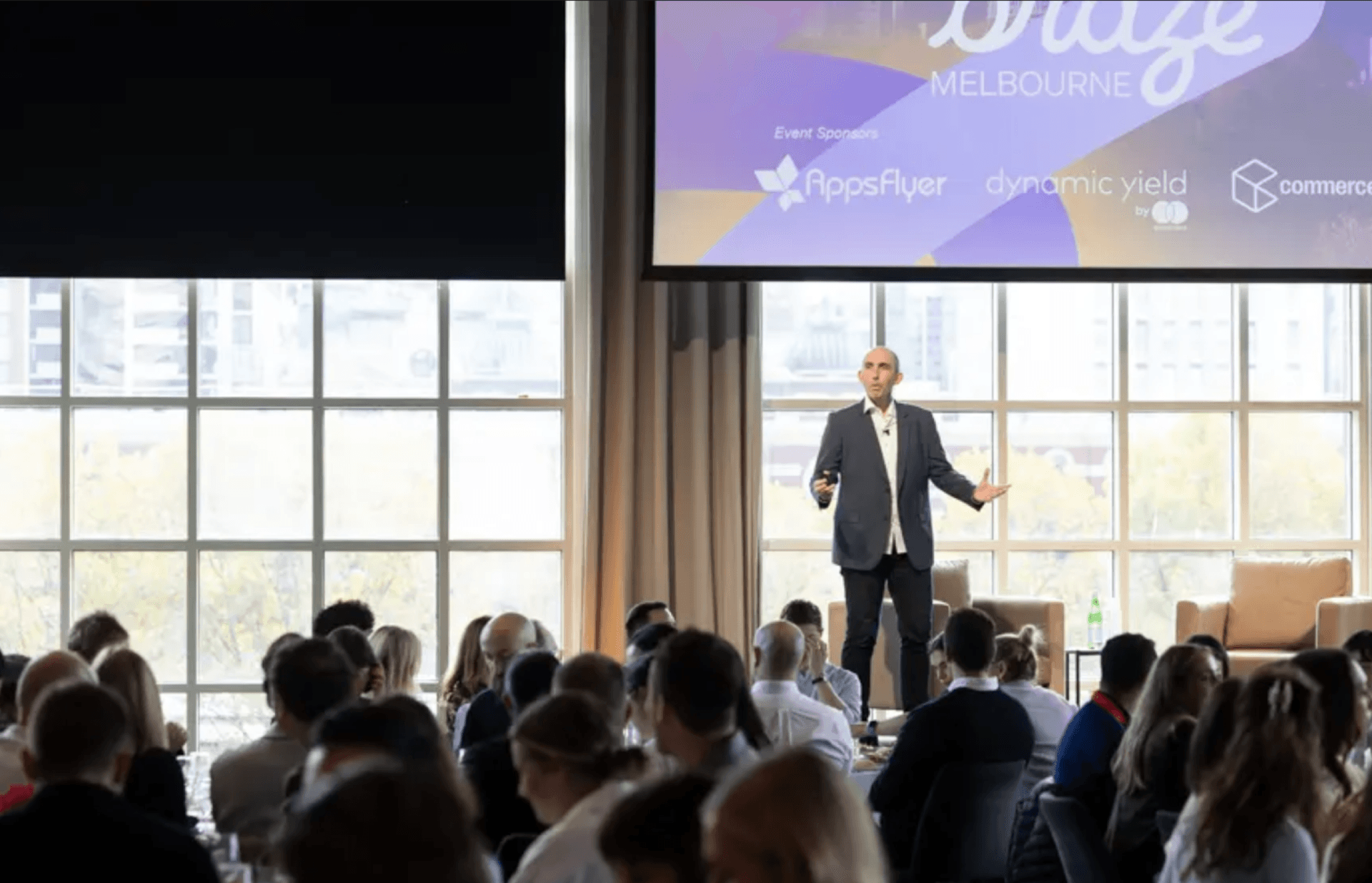
The day opened with a welcome from Ashley Crane, Director, Customer Success, who traded early career dreams of “septic tank pumpout man” for customer success leadership and a reminder that growth is multi-layered: grow your user base, grow your revenue, and grow yourself. “Good news,” he quipped, “Braze can help with all three.”
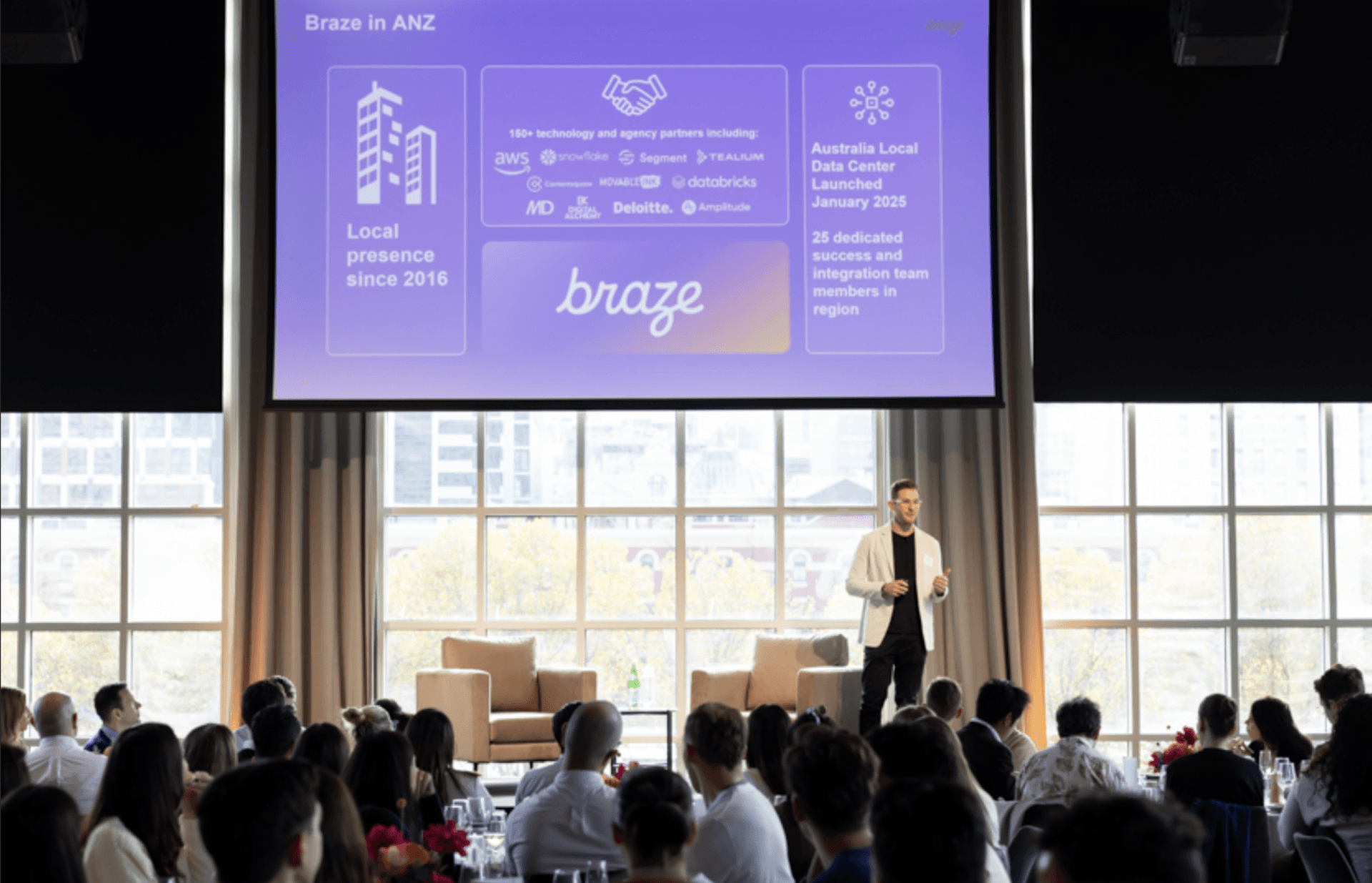
Jaye Vernon, Area VP, ANZ, also traced Braze's nine-year journey in Australia. What started as a search for “the best piece of technology to help brands build long-lasting relationships” has grown into a 60-strong local team and a flourishing customer community. The message was clear: technology only matters when people can wield it confidently, and Braze’s investment in implementation talent is what turns features into outcomes. 
He then framed three global trends from the latest Customer Engagement Review: molding messages, building trust through transparency, and enhancing experiences with AI, as the north-star themes for the afternoon’s sessions.
When Broadcast met Braze: ARN’s unexpected romance
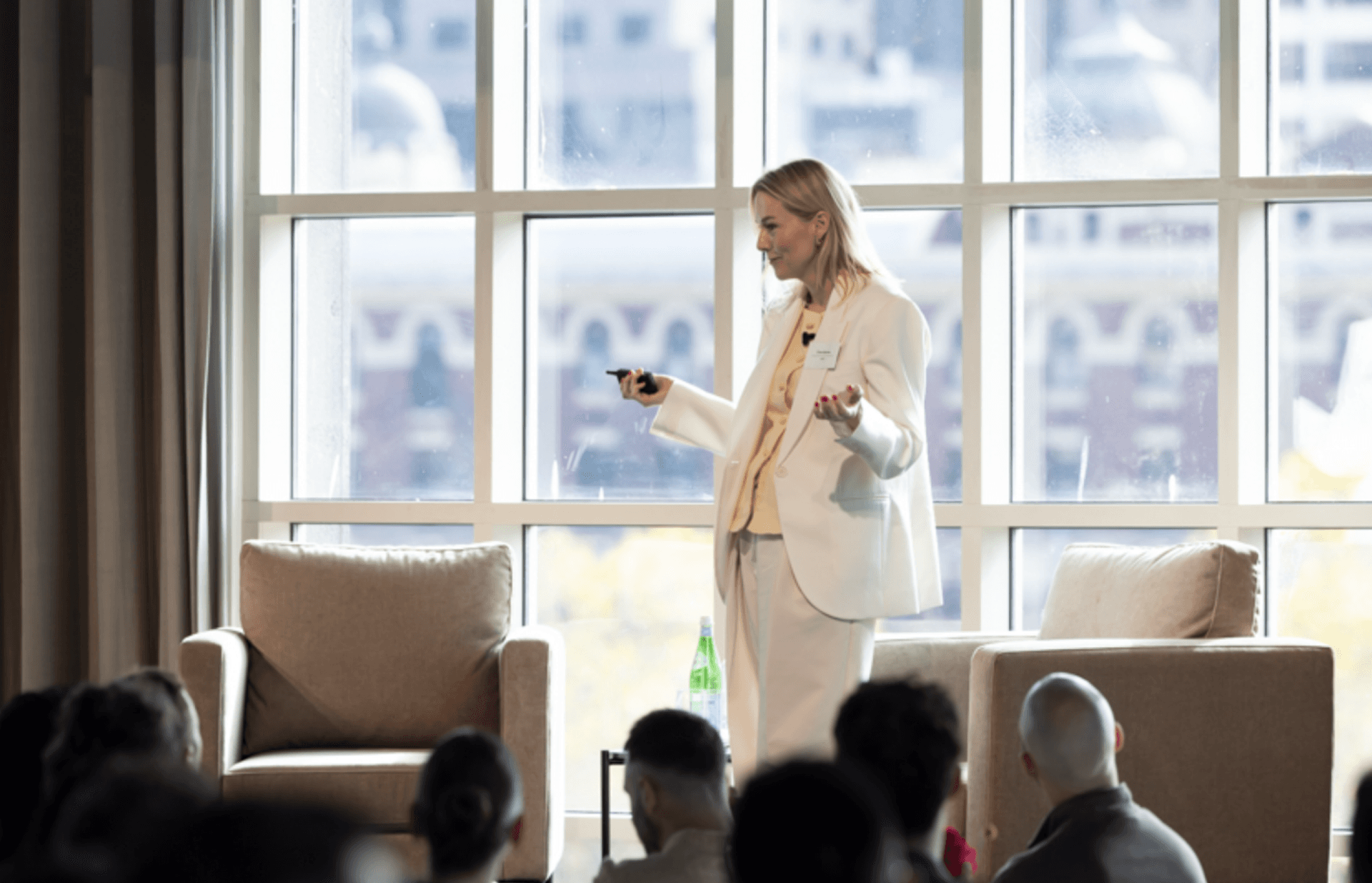
Cass Byrnes, Lifecycle Marketing Director at ARN, stole hearts (and laughs) with a self-described “love story” between broadcast radio and Braze. Traditional FM, she reminded the audience, is “a marketer’s worst nightmare—no email, no name, no data.” Her match-making solution? KIIS Club, a game-fueled loyalty programme that nudges anonymous listeners to pull over, sign up, and compete for prizes.“Braze is the chocolates, the red roses, the candle-lit dinners,” Cass quipped, explaining how omnichannel messages turned radio’s one-way megaphone into a two-way relationship.
The six-week campaign delivered a 78% total open rate, 19% unique click-through, and a 29% lift in monthly active users—proof that even analogue channels can get digital body language when the incentive (and timing) is right.
Origin Energy: Compliance meets compassion
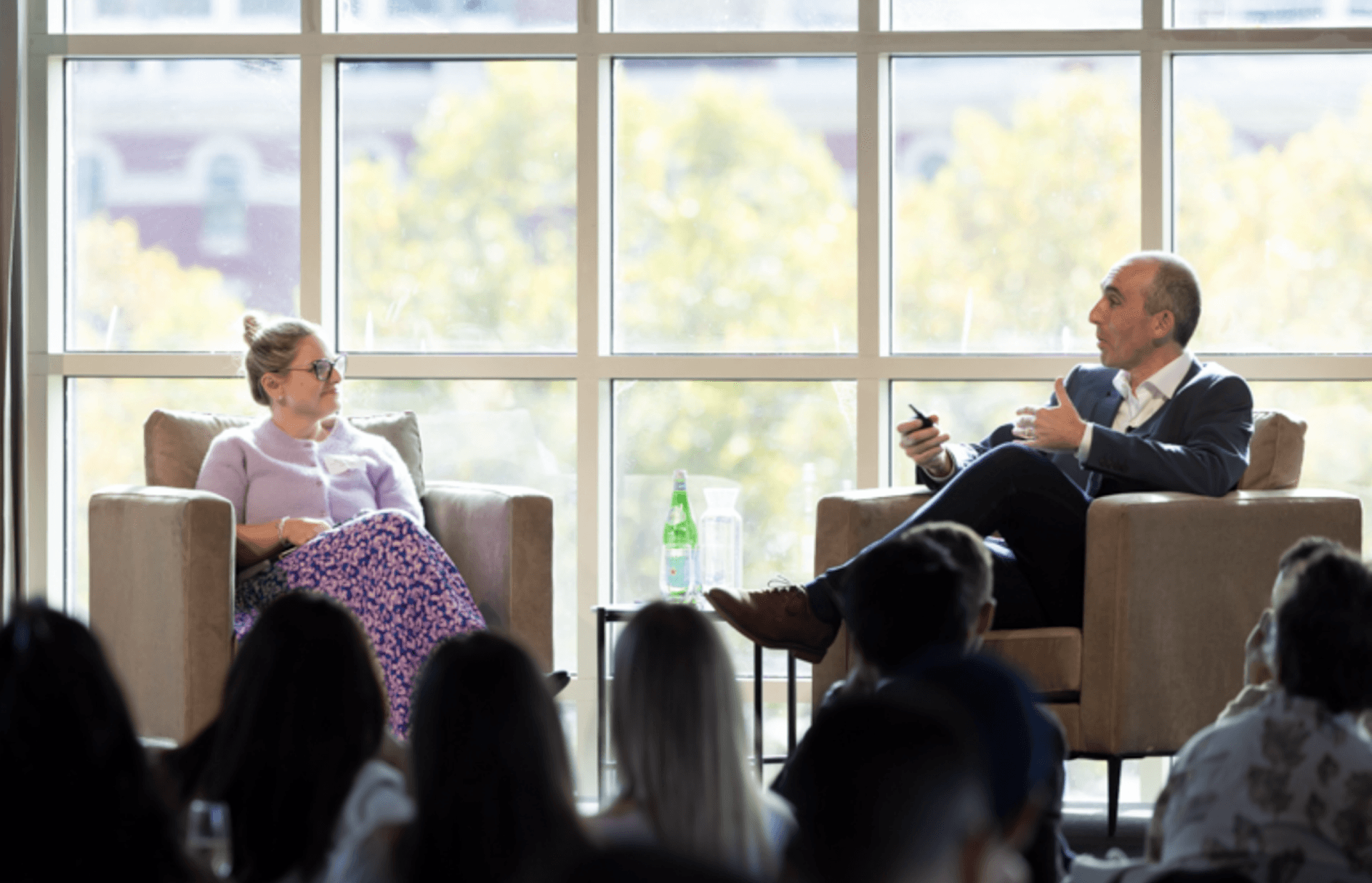
During the first fireside chat, Origin Energy’s Diane Buckley unpacked how a highly regulated utility juggles empathy, data privacy, and real-time engagement. From “All Kinds of Useful” brand campaigns to proactive outage alerts, Di’s team uses Braze to break silos inside a complex enterprise and orchestrate journeys across email, push, SMS, and content cards. 
Key takeaway: Regulatory rigor doesn’t have to dampen creativity. By anchoring every use case to clear customer value—“help before they even know they need assistance”—Origin turns compliance checkpoints into trust-building moments.
Live Nation: Scaling fan obsession across 18 brands
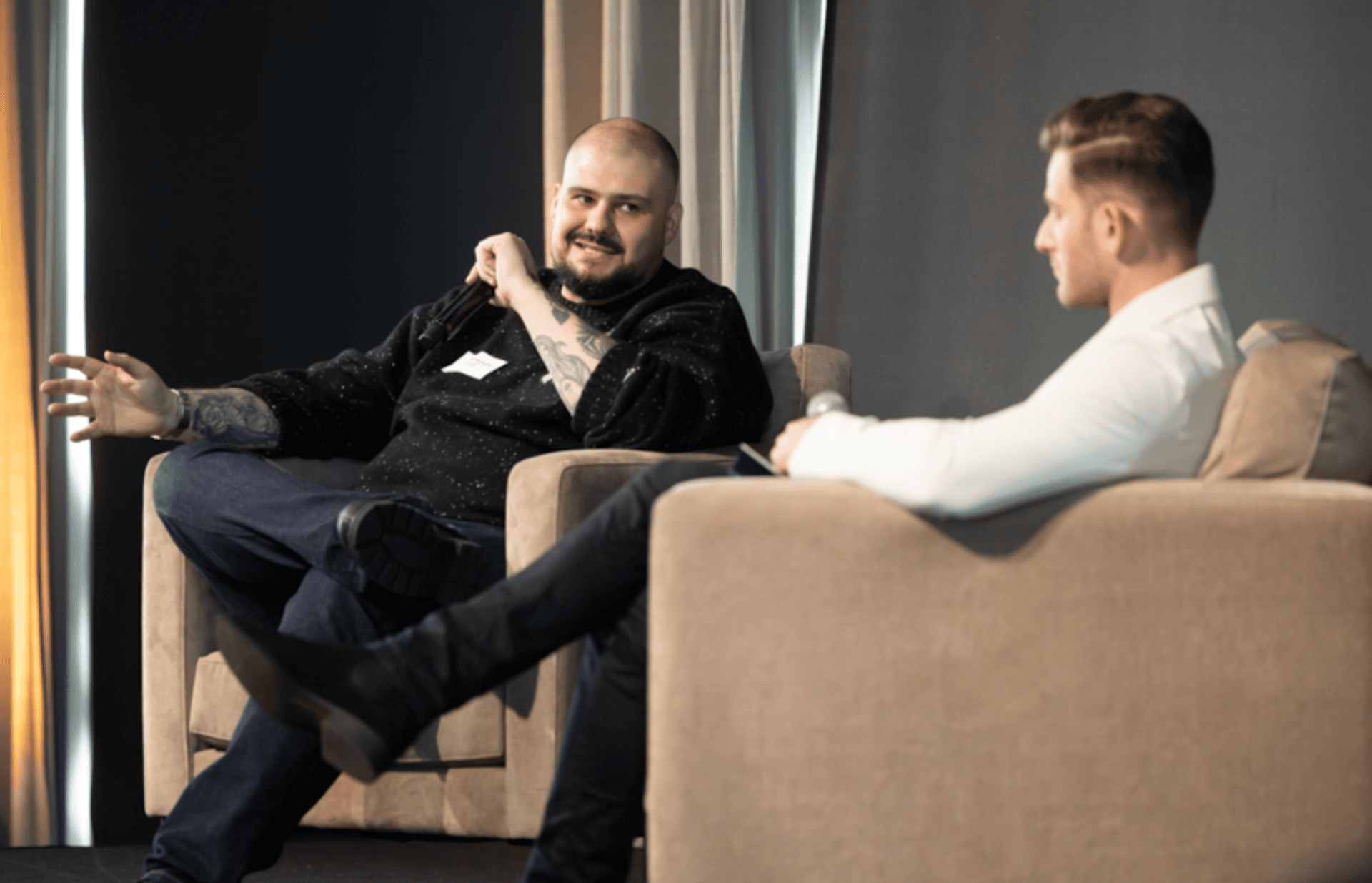
Stefanos Fernandez, VP of Digital Strategy & Technology, outlined how Live Nation rolled Braze out to 18 business units to personalize millions of fan interactions. The catalyst? A need to replace fragmented legacy systems with a single data and orchestration backbone. Today, the same platform powers everything from pre-sale reminders to personalized tour recommendations.
REA Group: Property owners, lifecycles, and a 700% test-and-learn win
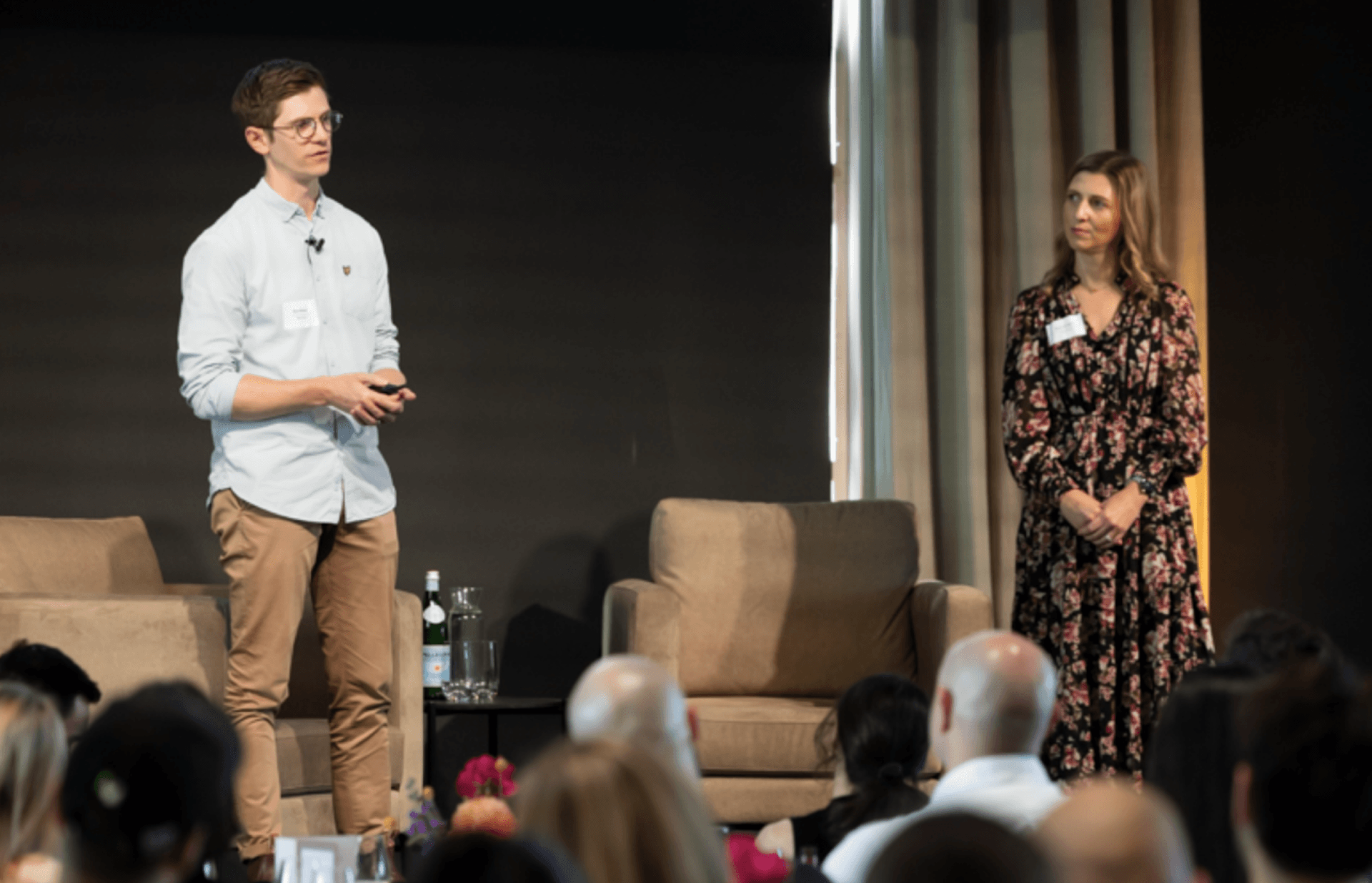
Suzie Scicluna took to the stage with Paul Whelan—to reveal how realestate.com.au keeps property owners engaged long after the “buy” or “sell” peak. By feeding 65 audiences and 80 behavioural events into Braze, the team delivers valuation updates, suburb trends, and agent recommendations that drive 30 million listing visits a month. Their mantra—“experiment, experiment, experiment”—resulted in a 700% uplift when multivariate testing creative variants for property-tracking acquisition. 
Rapid responsiveness matters too: a hyper-targeted push around new NSW zoning rules generated 10,000 unique visits within hours, underscoring how lifecycle engines can double as real-time newsrooms.
Foxtel Group: An AI decisioning engine for 1.5 million sports fans

If the lunchtime coffee hadn’t kicked in yet, Anthony O’Byrne’s session certainly did. Foxtel’s “Customer Cortex” combines an in-house suite of ML models, and OfferFit decisioning agents—with Braze as the orchestration layer—to run a fully automated 24/7 trading engine. Every day, 60,000 on average Kayo Sports subscribers receive AI-optimized messages tuned across seven dimensions (channel, creative, timing, frequency, offer value, and more).
Six months in, the results speak volumes: +14% reactivations within 12 months, a -10% reduction in cancellations, +20% landing-page conversions, and a 2× lift in purchases for AI-recommended offers. “We’re global pioneers in teaching AI about the complex schedules of sport,” Anthony noted, illustrating Kayo’s next generation trading and lifecycle management engine.
Panel: Cashrewards, Country Road Group & Sportsbet look ahead
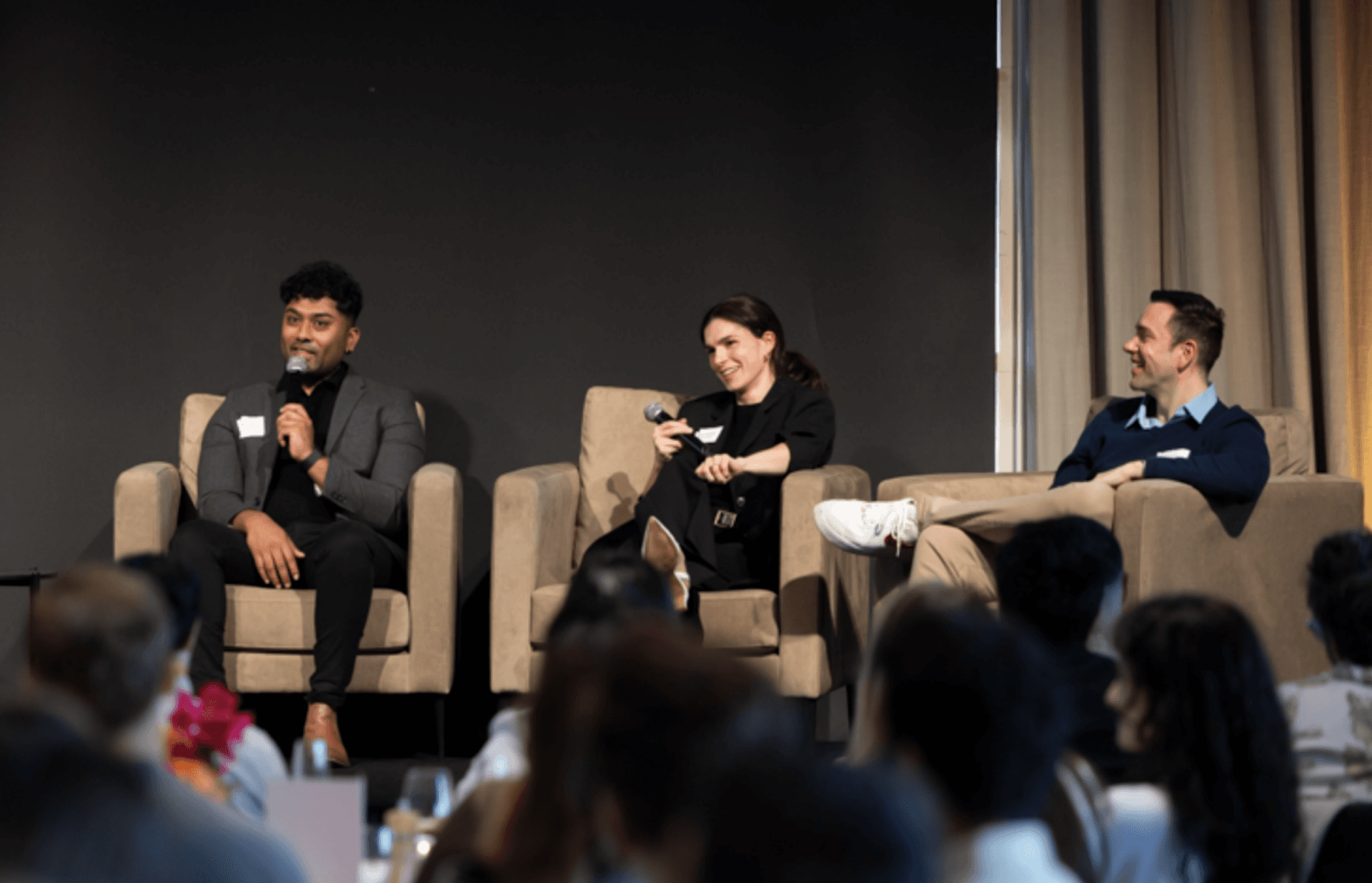
A lively panel featuring Pranesh Nair (Cashrewards), Georgie Rathbone (Country Road Group), and Josh Jones (Sportsbet) converged on a shared mantra: “personalization starts with permission.” Each brand described moving from “batch-and-blast” to micro-journeys triggered by real-time signals:
Moderated by Braze, the closing panel distilled seven quick hits for future-proofing engagement:
- Own personalization end-to-end—marketing may set the vision, but data teams must embed experimentation by default.
- Metrics that matter—from contribution to customer lifetime value (CLV) to reduction in “silent churn,” retention KPIs are growing up.
- First-party data is the fuel—expect more creative value exchanges (e.g., exclusive cashback tiers, members-only drops) to earn consent.
- AI as co-pilot, not autopilot—every brand is sprinting toward GenAI content, but human QA remains the last mile of trust.
- Composable stacks win—panelists praised the ease of slotting specialized tools (recommendation engines, on-site personalization) into Braze workflows.
- Privacy legislation is coming—get ahead by unifying preference centres now rather than retrofitting later.
- Stickiness through community—whether it’s a sneaker drop or a same-game multi, experiences that invite participation beat one-off blasts.
Three takeaways for Australian marketers
- Trust is the new currency. From utilities to cashback apps, speakers reiterated that transparent data usage and contextual relevance are now table stakes.
- Experimentation is everyone’s job. The most compelling success stories featured disciplined test-and-learn loops, whether multivariate subject lines or AI-driven offer catalogs.
- AI is shifting from theory to throughput. Kayo’s Cortex and REA’s real-time zoning campaign showed how machine decisioning is moving beyond pilot projects to material P&L impact.
A toast to growth, powered by partnership
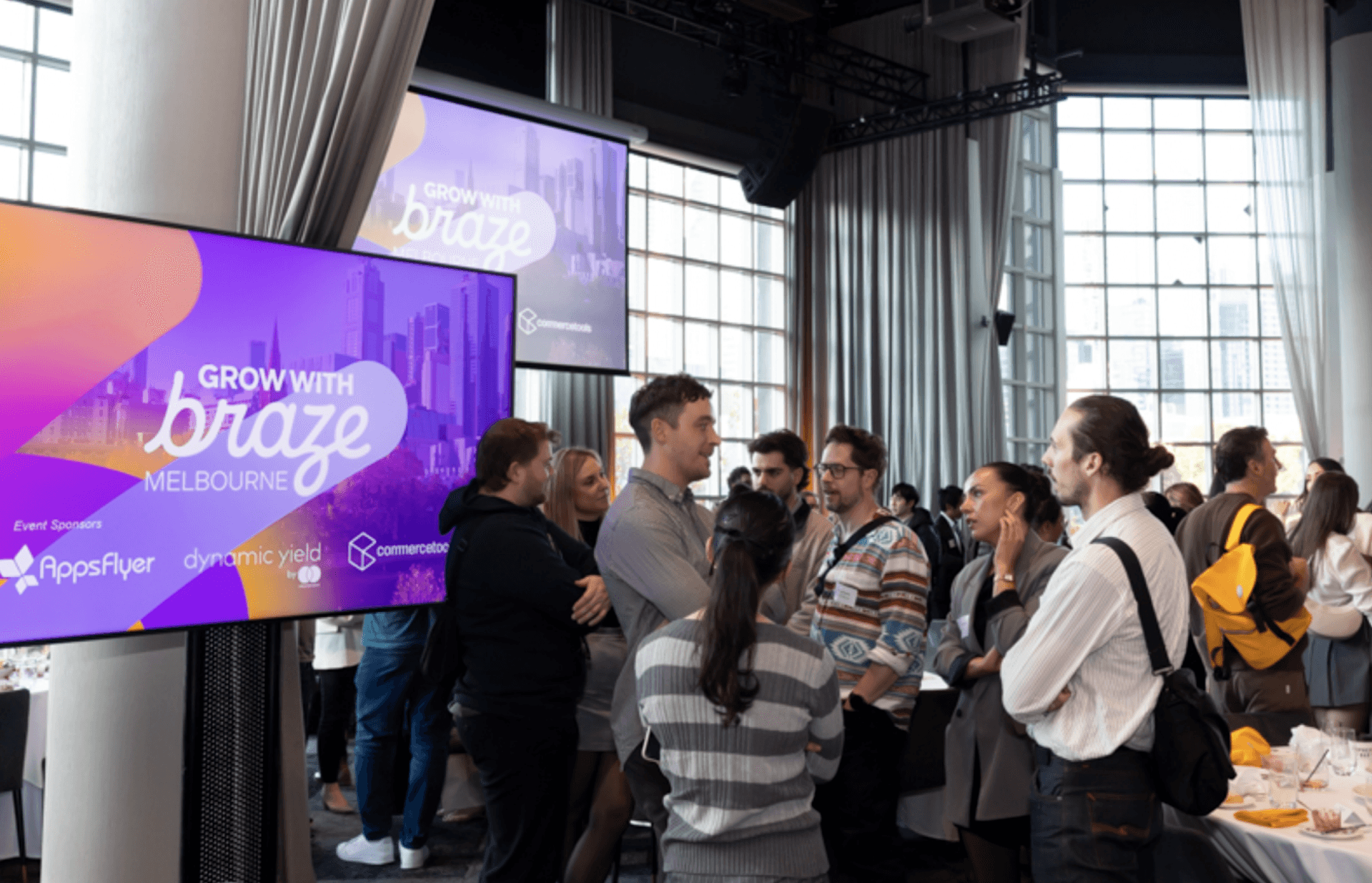
As the afternoon segued into drinks (with thanks to sponsors AppsFlyer, Dynamic Yield, and commercetools), one sentiment echoed through the room: growth is no longer just about acquiring more users but about deepening value at every micro-moment. Grow with Braze Melbourne proved that Australian brands are not only ready for that challenge, they’re already writing the playbook.
Whether you were inspired by a radio-to-martech love story or energized by the prospect of AI-optimized lifecycles, one thing is certain: the next-gen engagement frontier is being built right here, right now, and it’s never been a more exciting time to be in the craft.
Forward-Looking Statements
This blog post contains “forward-looking statements” within the meaning of the “safe harbor” provisions of the Private Securities Litigation Reform Act of 1995, including but not limited to, statements regarding the performance of and expected benefits from Braze and its products and features. These forward-looking statements are based on the current assumptions, expectations and beliefs of Braze, and are subject to substantial risks, uncertainties and changes in circumstances that may cause actual results, performance or achievements to be materially different from any future results, performance or achievements expressed or implied by the forward-looking statements. Further information on potential factors that could affect Braze results are included in the Braze Annual Report on Form 10-K for the fiscal quarter ended January 31, 2025, filed with the U.S. Securities and Exchange Commission on March 31, 2025, and the other public filings of Braze with the U.S. Securities and Exchange Commission. The forward-looking statements included in this blog post represent the views of Braze only as of the date of this blog post, and Braze assumes no obligation, and does not intend to update these forward-looking statements, except as required by law.
Related Tags
Be Absolutely Engaging.™
Sign up for regular updates from Braze.
Related Content
View the Blog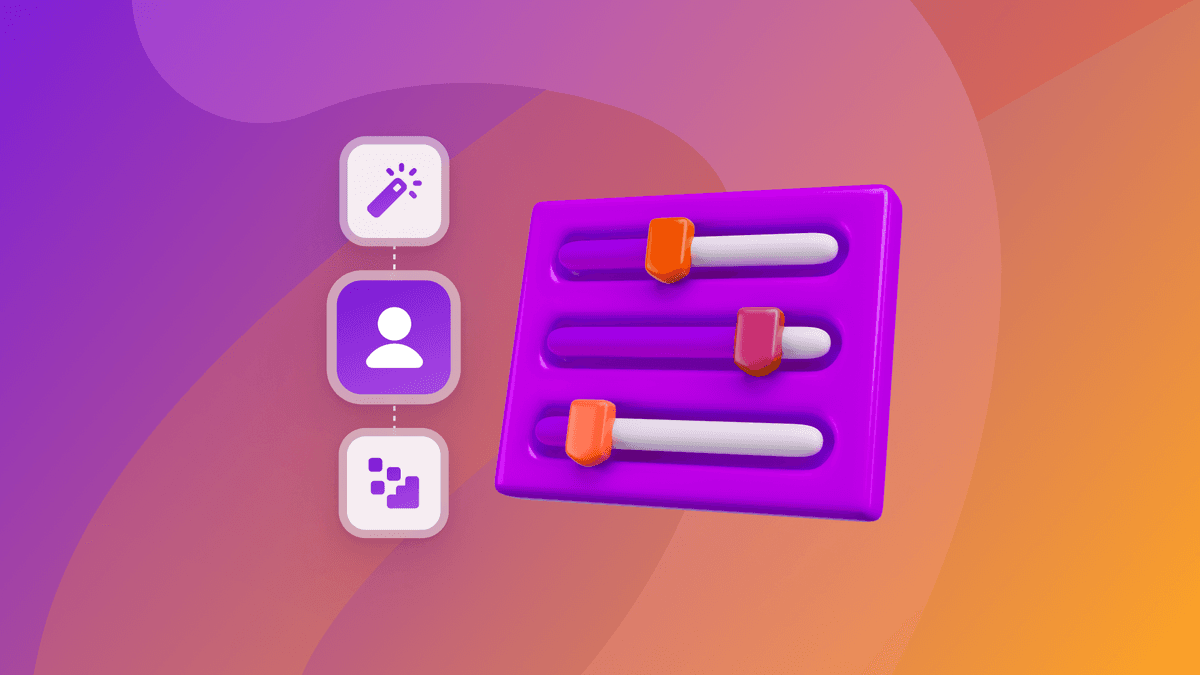
How behavioral marketing turns data into personalized experiences

Team Braze

The new inbox reality: How iOS changes are reshaping email marketing

Aparna Prasad

Experience optimization: Turning data insights into better journeys
